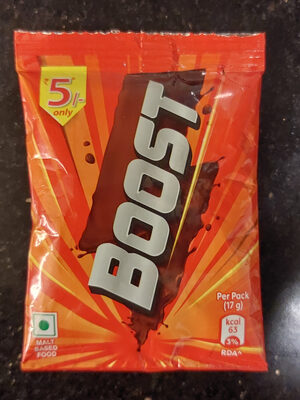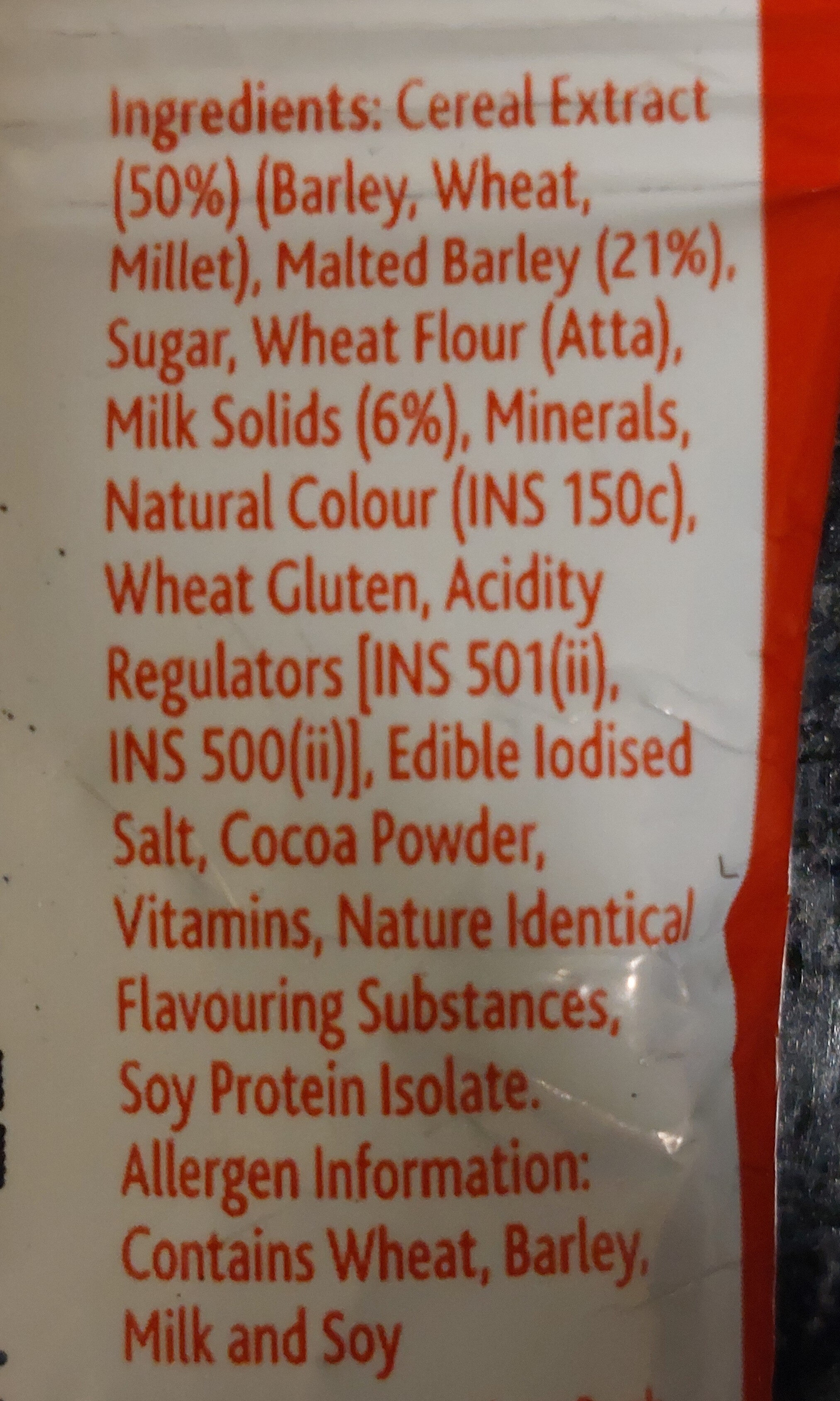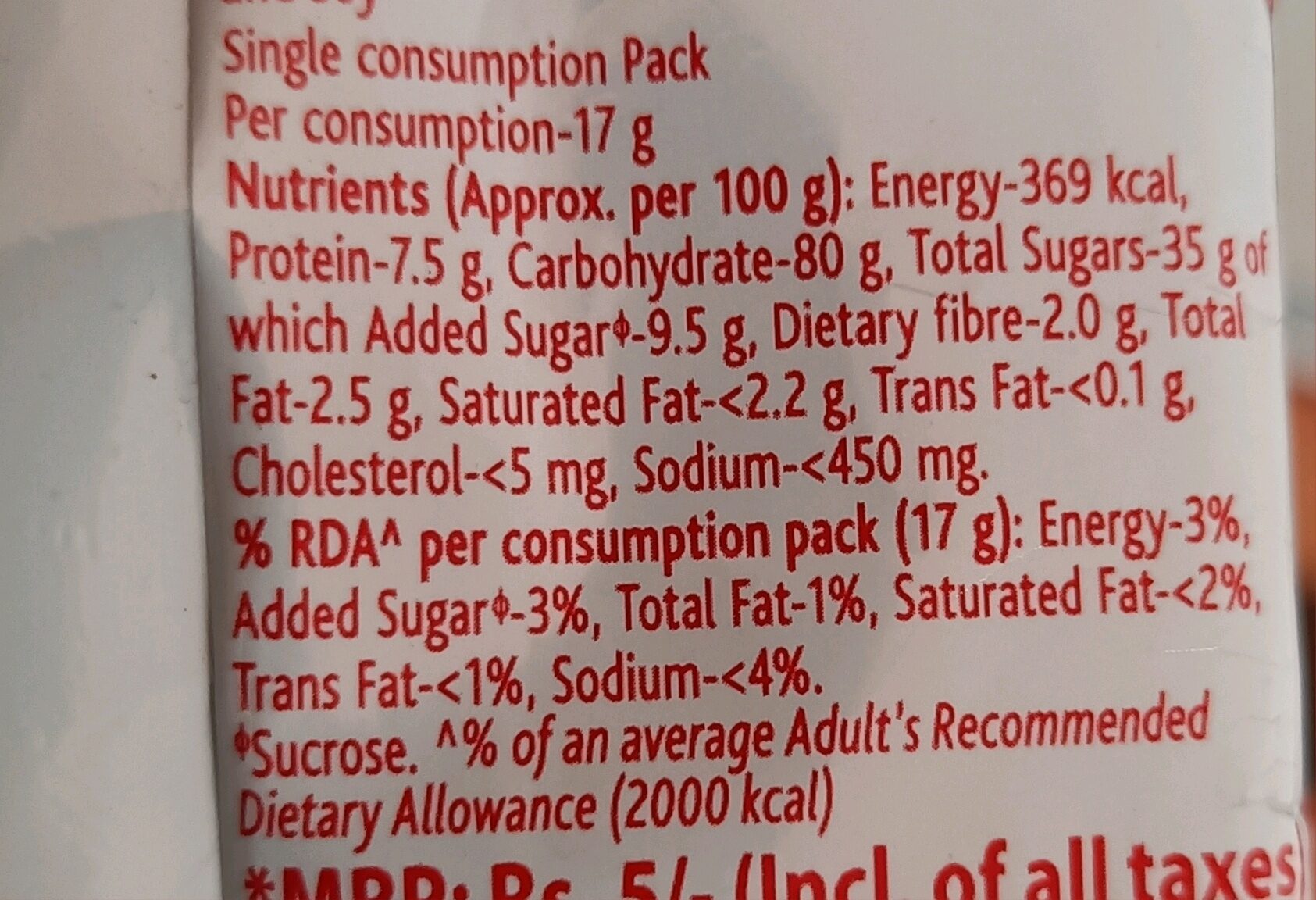Boost - Unilever - 17g
This product page is not complete. You can help to complete it by editing it and adding more data from the photos we have, or by taking more photos using the app for Android or iPhone/iPad. Thank you!
×
Barcode: 8901030824227 (EAN / EAN-13)
Quantity: 17g
Packaging: Plastic
Brands: Unilever
Categories: Beverages and beverages preparations, Plant-based foods and beverages, Beverages, Plant-based foods, Cereals and potatoes, Cereals and their products, Flours, Cereal flours, Malt flours
Labels, certifications, awards:
Vegetarian, Green Dot India
Countries where sold: India
Matching with your preferences
Environment
Packaging
Transportation
Report a problem
Data sources
Product added on by openfoodfacts-contributors
Last edit of product page on by bhaskarsubhash9393.
Product page also edited by appu, chunkieramos, off.6fd8b56f489ff2c6051daaaac592cd, product-scan-com, roboto-app, sploit.








